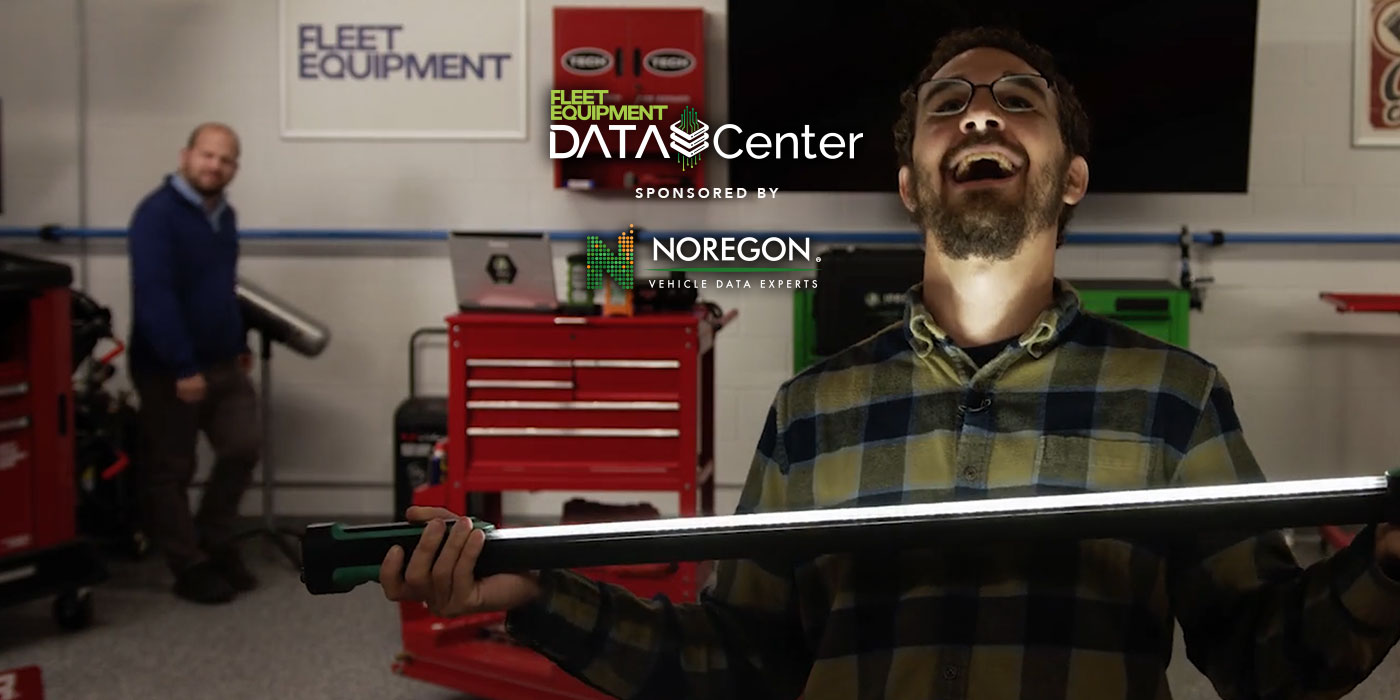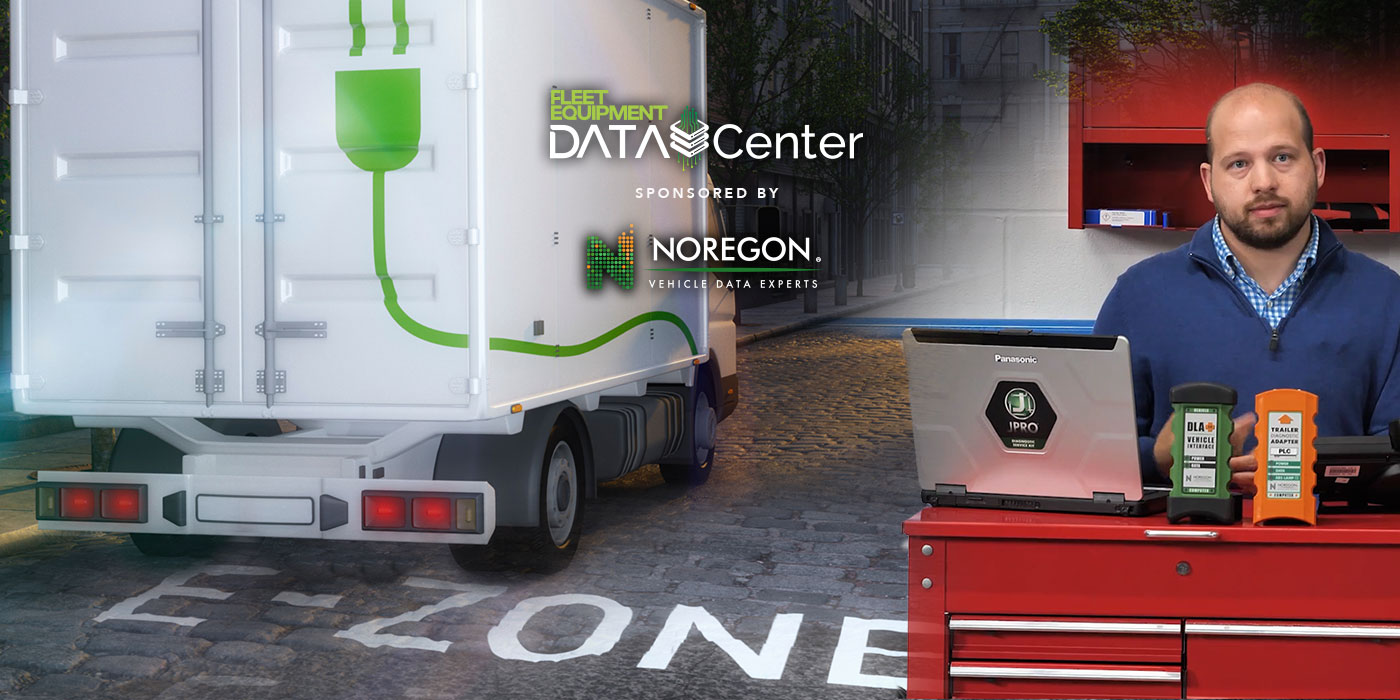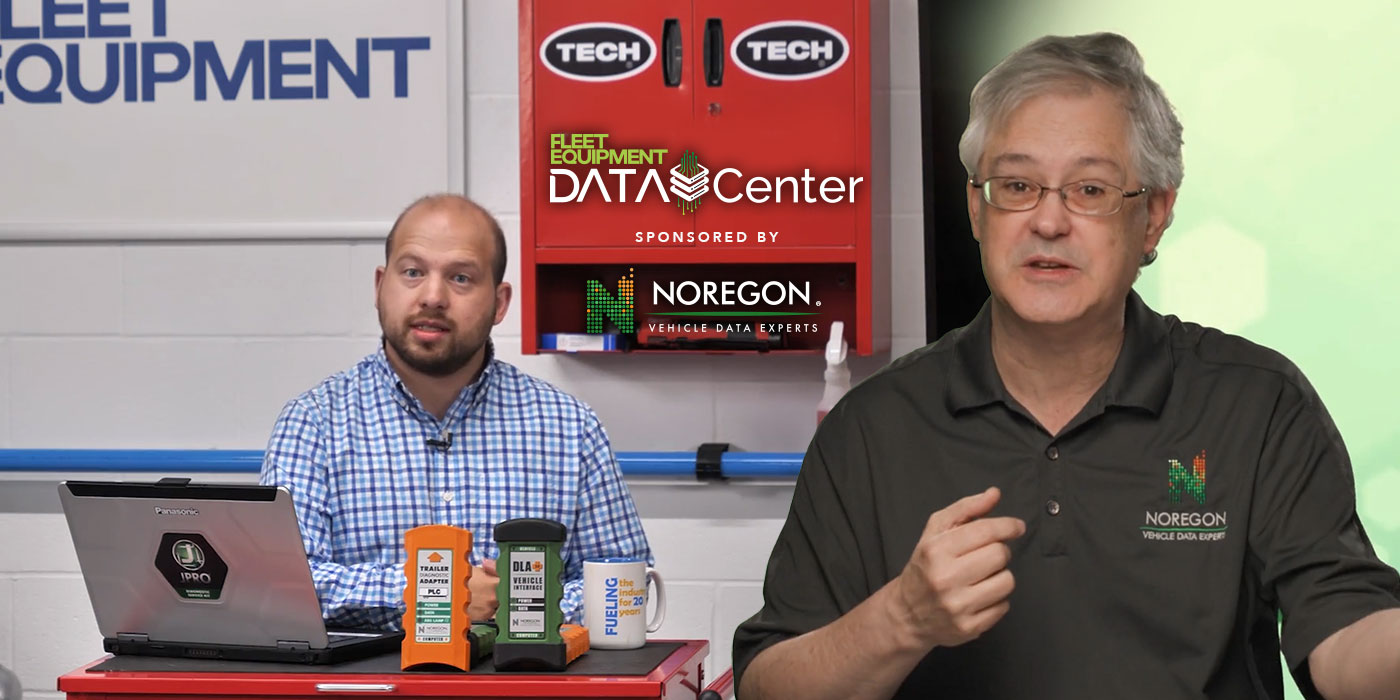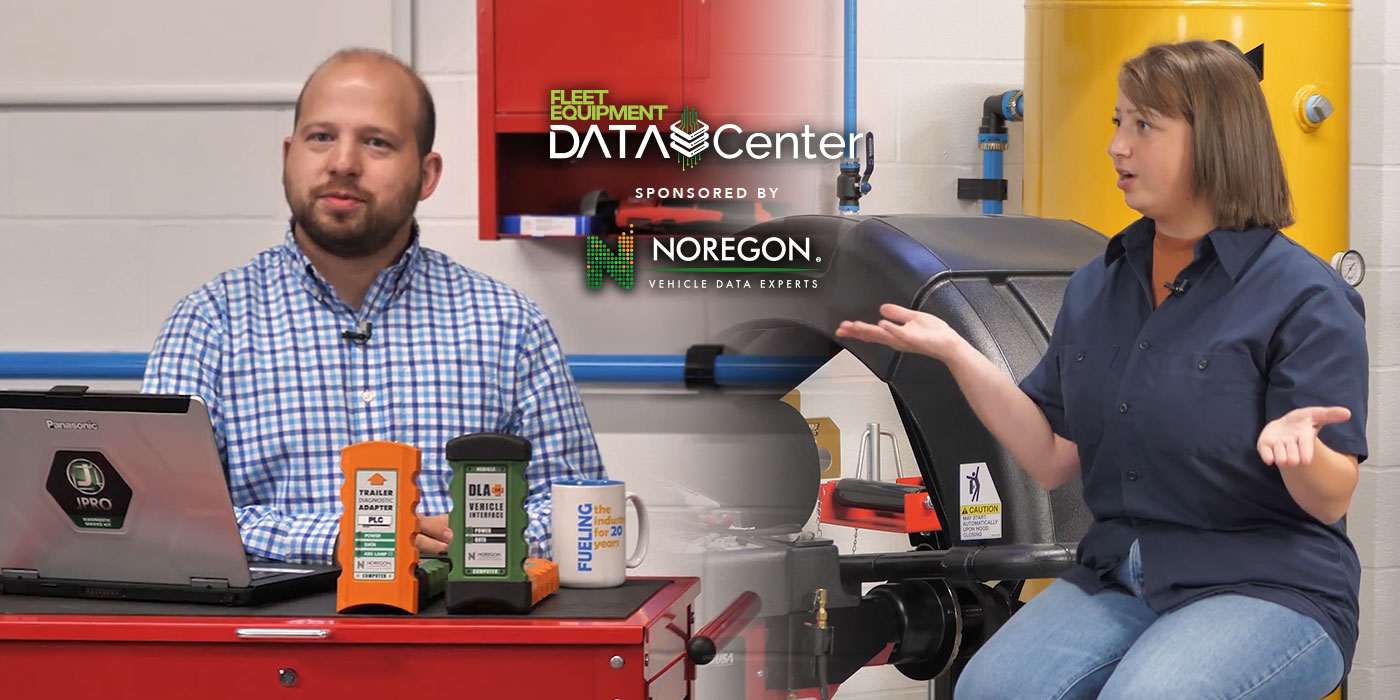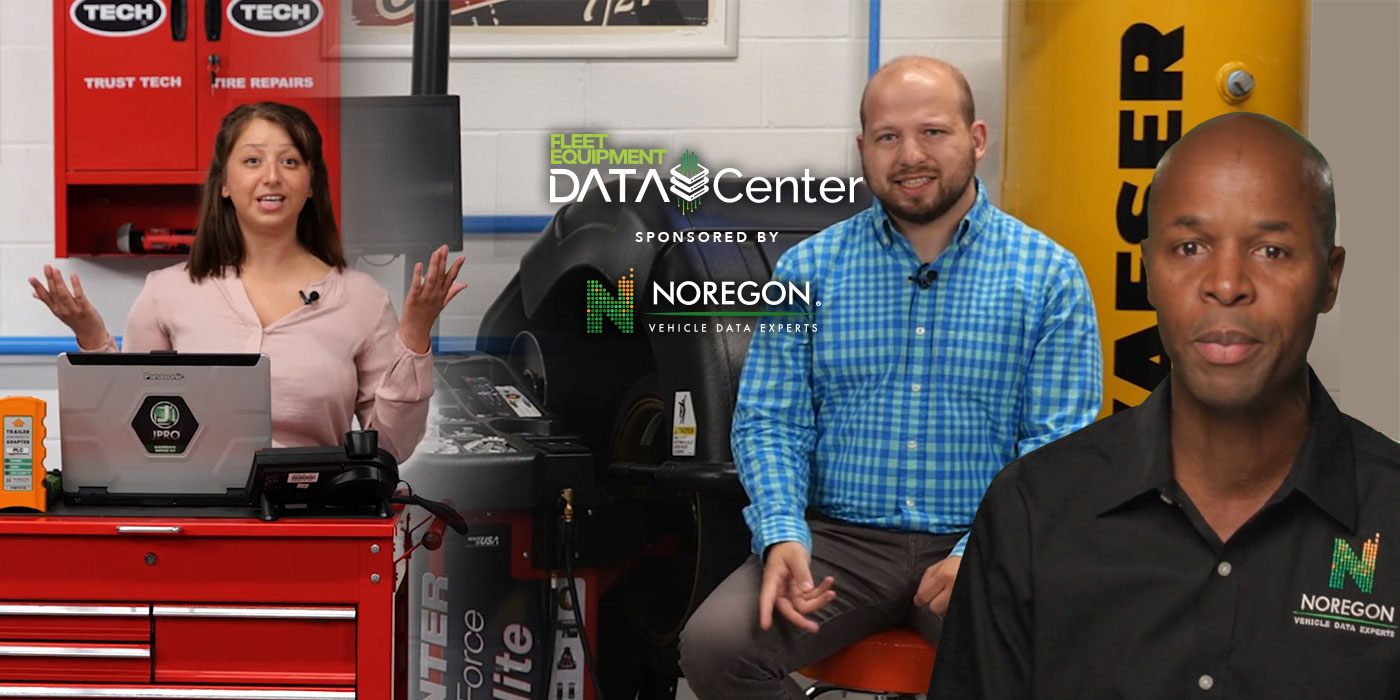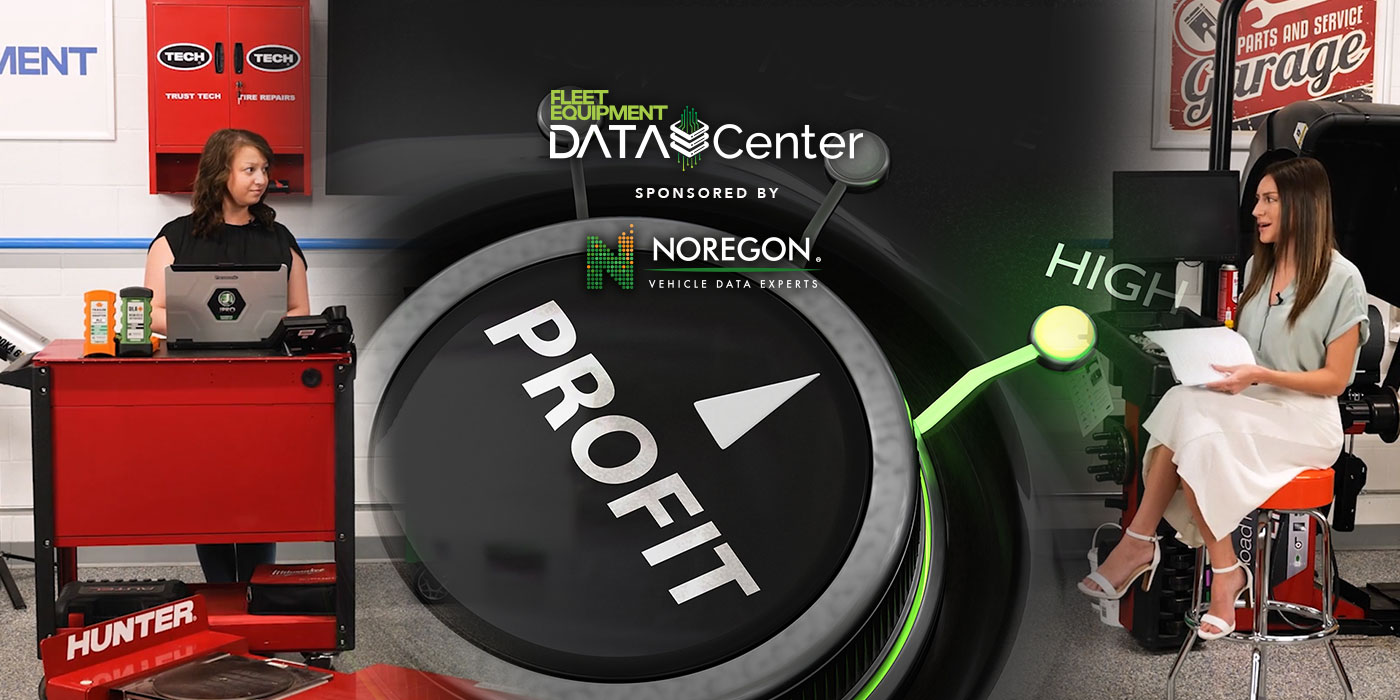Over-the-air updates have been rolled out across all the major engine OEMs over the past decade. As the name suggests, they enable fleets to update software on their trucks, well, over the air—the updates are sent to the truck directly through cellular networks and can be activated either in the shop while working on other routine maintenance, or in some cases by the driver while on a break.
This allows fleets to fit these updates into their existing schedule without interrupting the truck while it’s running routes. There are enough potential interruptions to a truck’s route that can pop up in a given day—why add one more?
OTA updates are all about saving time. They work the same way that, say, your phone or computer does – instead of having to stop what you’re doing and update, the update runs in the background while you keep other apps open.
OTA updates have different functionality and options depending on your engine manufacturer, so it’s good to know what is offered by each. Check with your engine OEM on the functionality being offered. The details and types of updates vary, but generally speaking, most are focused on improving things like engine reliability, performance, and fuel economy.
Most crucially, OTA updates can help engines avoid faults and failures before they happen—all much faster than driving to a dealership and hoping the failure doesn’t happen before you get there.
Many of the OEMs that offer OTA updates give users the ability for drivers to activate the update, rather than having to wait until the truck goes into the shop.
From the shop side of things, the fact that these quick updates are being done in the field can free up shop and lift space for trucks that really need it. And if the update does need to be done in the shop, it can be done in the background while other work is performed.
You may wonder, are some OTA updates better handled by drivers, and some better to be done in the shop? How do you know which are which?
We put those very questions to our friends at Noregon; watch the video above to see what they had to say.
Fleet Equipment’s Data Center is sponsored by Noregon. Subscribe to our newsletter to catch every episode as we’ll be diving into use cases, talking with the data pros and making data usage approachable.

